The idea of spending more than a day under sail has been something we’ve always wanted to try. Weather was near perfect and we were anxious to get to the Thousand Islands as quickly as possible. We set sail, turned on the autopilot and drifted from Cobourg to Amherst Island, near Kingston.
A Few Distractions While Getting Ready
I had to deal with an old tick bite that caused an abscess on the back of my knee. It was surgically removed just a few days before our trip. And within 24 hours it was infected. My leg was red, swollen (couldn’t see my ankles anymore) and painful. A trip to the hospital provided some advice and antibiotics. There was no way I was going to allow this to cancel our trip but it created some last minute shopping and a few projects to complete before we started. Including sending Lori up the mast to fix the lazy jacks.
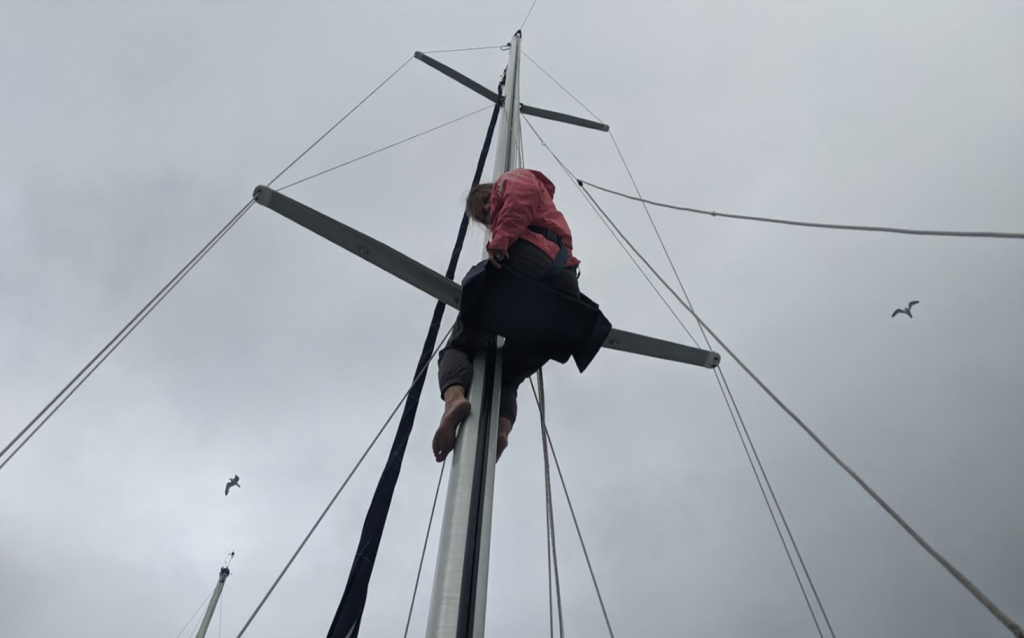
Leaving Cobourg
We triple checked all of the weather forecasts and ended up leaving Cobourg just before 11am.

It was overcast, seas were calm and there was a 7 knot breeze coming at us from East North East. We motored out of the harbour and immediately raised the sails, heading on a close reach South East out into the open water of Lake Ontario taking care not to cross the US/Canada border. We weren’t going fast and we weren’t pointing exactly at our destination, but we didn’t care.
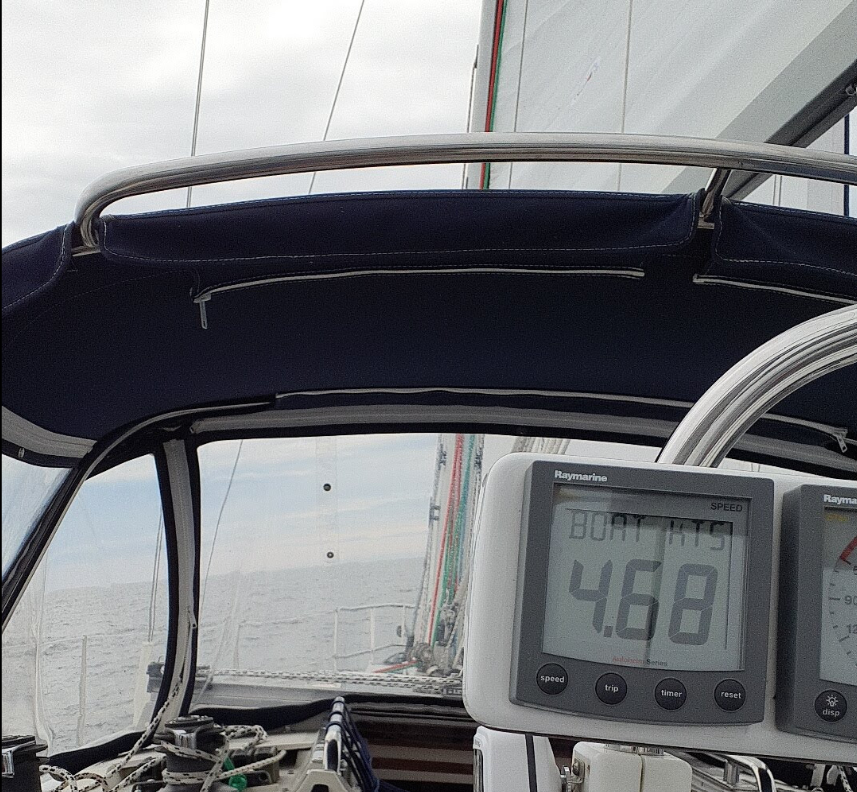
Learning Our New Sails
Still getting used to the new sails and had some minor hiccups.
- Learning the best spots for the foresail sheet cars. Our old sail was a 130, the new sail is a 115 so the cars need to be set a bit closer to the bow.
- The reefing points on the new main sail are higher than our old sail. This is great because we can now reduce our main to just a small triangle in heavy winds but we found our reefing lines were too short to reach the new reefing points.
- Raising the main was still difficult. We were left disappointed in the new track we installed. Several days later we figure out a much better way to raise the main.
- The outhaul slug jammed in the boom, resulting a loose curve along the foot of the main. End result was user error. I had the boom vang cranked with the leech of the sail tight. This was putting a lot of upward force on the outhaul slug, of course it wouldn’t move. I’m embarrassed to say it took me a day before I realized my mistake.
- Sailing was rough. We felt like noobs again. I won’t even bother sharing the recorded track from the beginning of our trip. We were all over the place.
After some considerable time spent playing with the sail trim and some “discussions” about how they should be set we had a course and turned on the autopilot and sat back and tried to relax. But we never really did, there was always something to do or something to plan out for our trip. And there was a bit of nervous jitter as we are heading into the night. In the distance we could see the occasional freighter, we knew we were going to have to cross their shipping lane at one point in the night.
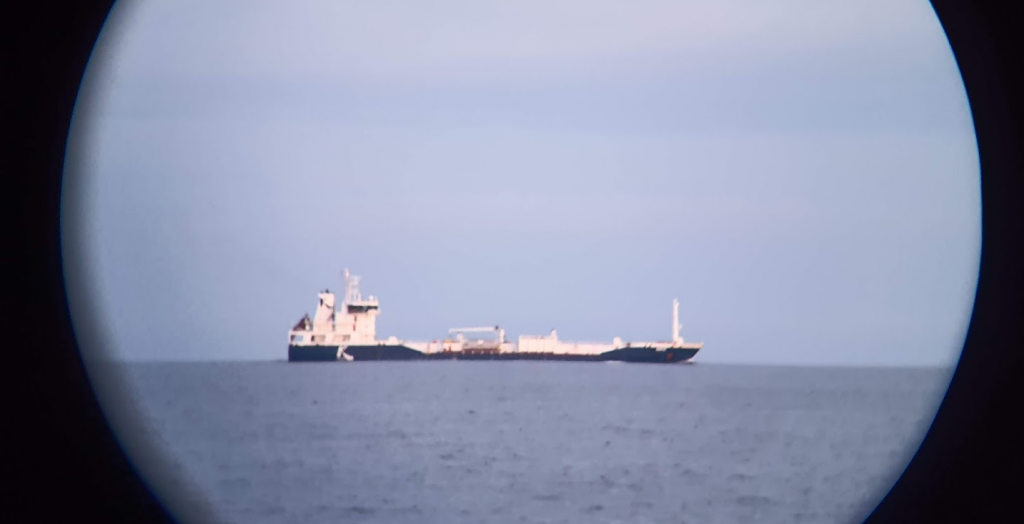
It was overcast with a thin sliver of a moon, it was going to be a dark night. We were treated to a nice sunset.
This is also when I created the YouTube video of our Sails.
Sailing in the dark
As the sun went down and night started to settle in we raised our radar reflector and turned on our nav lights. We layered up some additional clothes, it was cold! And settled into shifts for the dark night. I wish I could share more pictures but they all pretty much all look like this.
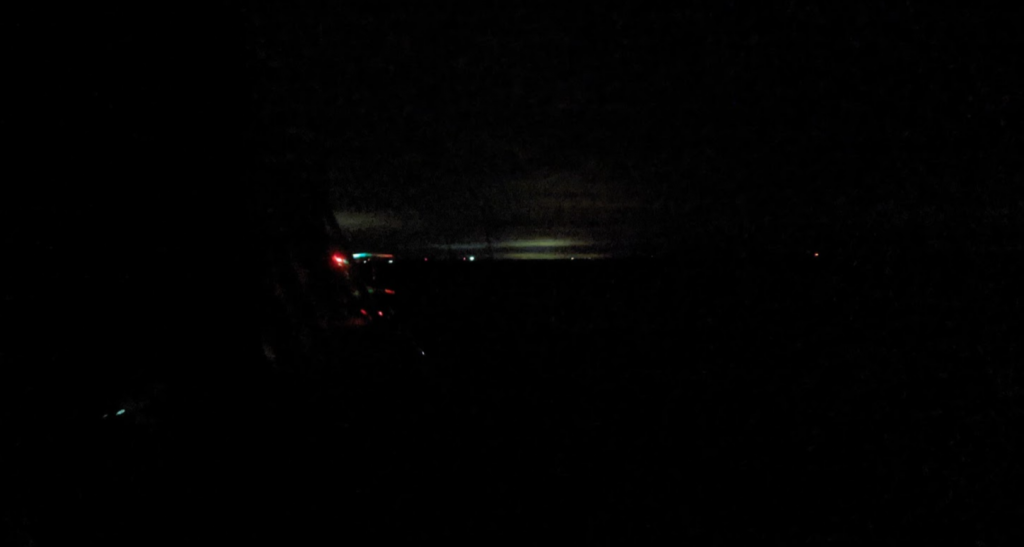
The first unexpected issue was the fact that it was too dark to see our sails. We had to sail by sound and feel. I brought out the big flashlight to occasionally light up the sails to double check. We kept a vigilant watch for other boats in the dark. Take a second look at the picture above, can you see the oncoming sailboat? Fortunately, it was easy to see their nav lights and there was lots of time to react. I also kept monitoring VHF channel 16, but there was very little chatter all night.
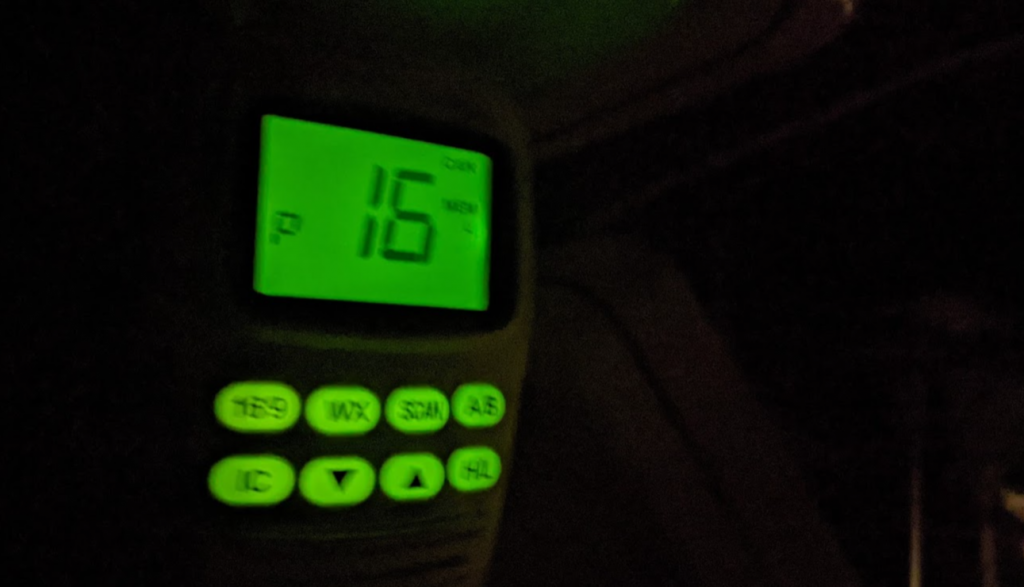
Avoiding the Freighters in the Dark
The freighters were lit up like Christmas trees and you could hear their engines rumble in the distance. However, it was difficult to figure out exactly where they were going and how fast. Around 4:30am, I could see and hear a freighter headed our way. Their AIS reported them as Algoma Transport and going 11 knots. However I made a mistake of guessing what shipping lane they were using. I thought I was headed for the shipping lane they were on so I tacked. I kept watch for a while, then realized they were on the same shipping lane I’m now on. I panicked and decided to tack again heading back in my original direction. As the boat swung around I got disoriented in the dark and then realized I was now heading toward them! I corrected. And then decided to just get away from both shipping lanes and tacked again. At this point, I’m sure the freighter was wondering what the heck I was doing. We weren’t close but I was still in their shipping lane. All of a sudden it was daylight. They turned on their spotlight and focused it directly at me. It was brighter than any light I’ve ever seen and they were still over two nautical miles away! After 15 long seconds the light went out. I continued turning away from the shipping lane and occasionally used my own flashlight to light up my sails to show them I was running away with my tail between my legs. There isn’t much distance between the southern point near Sand Banks and the shipping lanes but I’m now doing short tacks to keep myself far away from the shipping lanes!
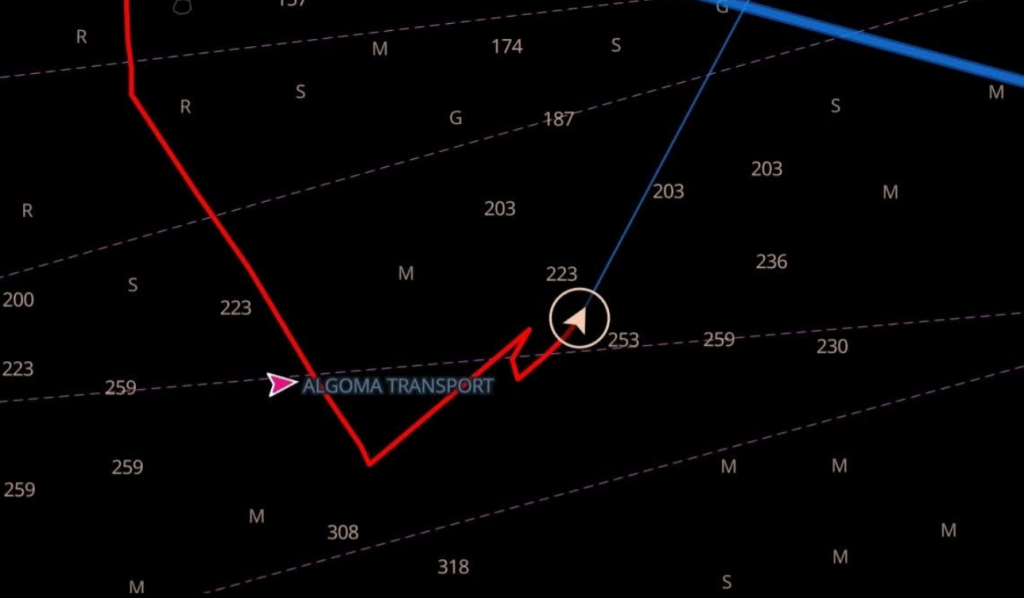
We survived the night!
That night we saw a total of five freighters and one sailboat throughout the entire night. Fortunately the remaining four freighters were safely observed from a very long distance away. Just before 5am things started to appear again and we were delighted to see our sails and the horizon again!
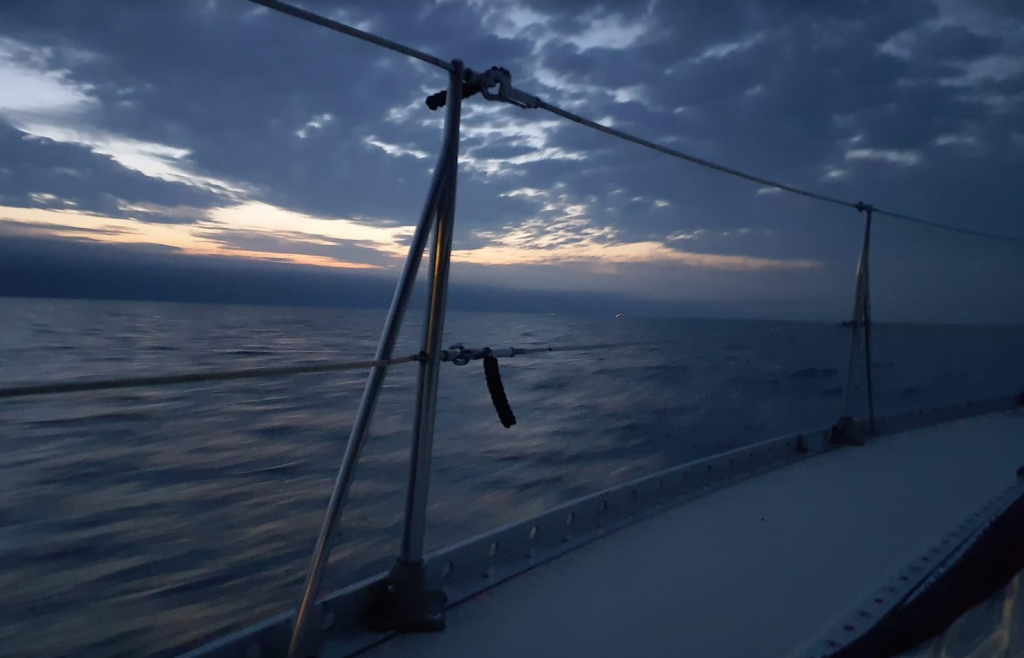
Kerr Bay, Amherst Island
The rest of the trip was uneventful. We decide to pass by Halfmoon Bay and Waupoos and headed straight for one of our favourite anchorages in Kerr Bay near Amherst Island. As we entered Prince Edward Bay, the winds completely died down and we bobbed for a bit. We decide to turn on the motor for the last hour. We were tired and this would also heat up our water for a nice hot shower at anchorage.
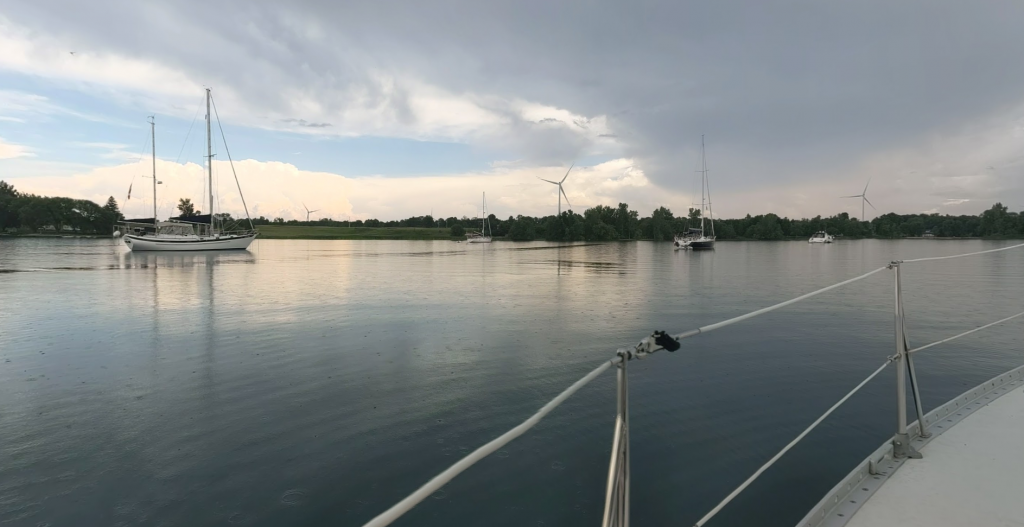
We did it! Another challenge checked off our list. We were super glad we did it but we were both tired and groggy. We just completed 26 hours taking short two hour shifts overnight. We decided to stay in Kerr Bay for one night and took a few much needed a few extra naps during the day. It was a good thing we stayed here, a storm was coming.
Stats
Total time: 26 hours, 37 minutes Time under motor: approx 2 hours Time under sail: 24 hours, 37 minutes Distance travelled: over 95.1 nautical miles Distance if we went direct: 84 nautical miles Average speed (over ground): 3.6 knots Maximum speed (over ground): 6.6 knots
For total distance, we had to beat upwind most of the trip. It would have been a lot more direct and faster if we didn’t have to tack.
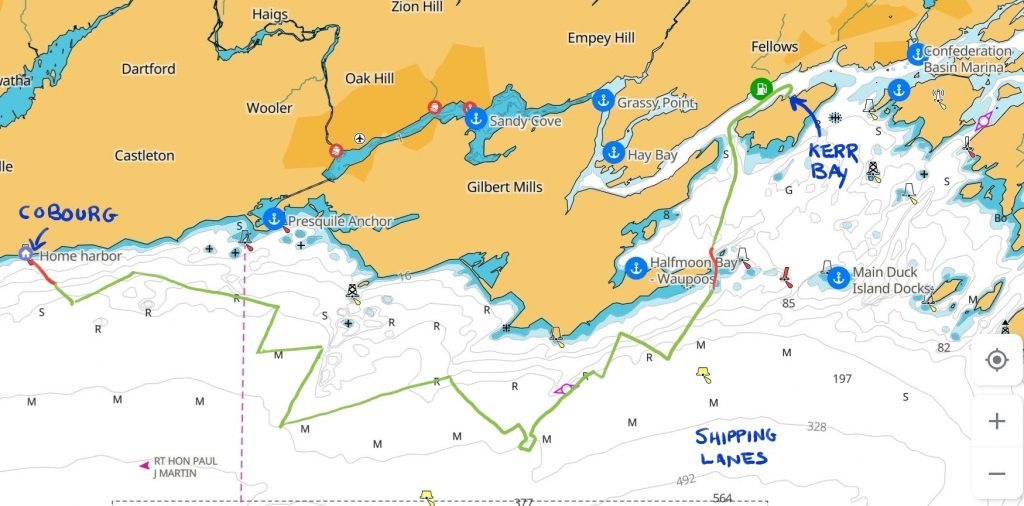
Next time, I think four hour shifts would have provided a more restful trip. Having a third person would have also made a big difference. AIS send/receive and radar would have also been very useful.

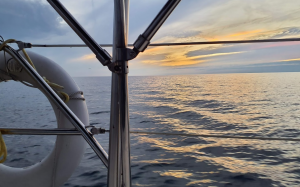
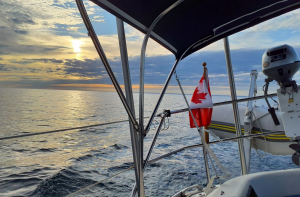
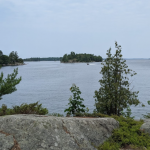
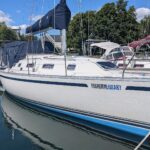
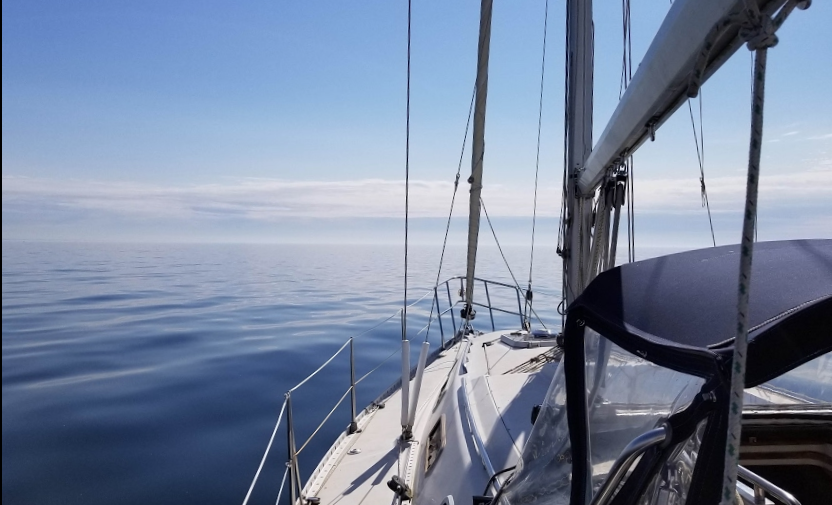
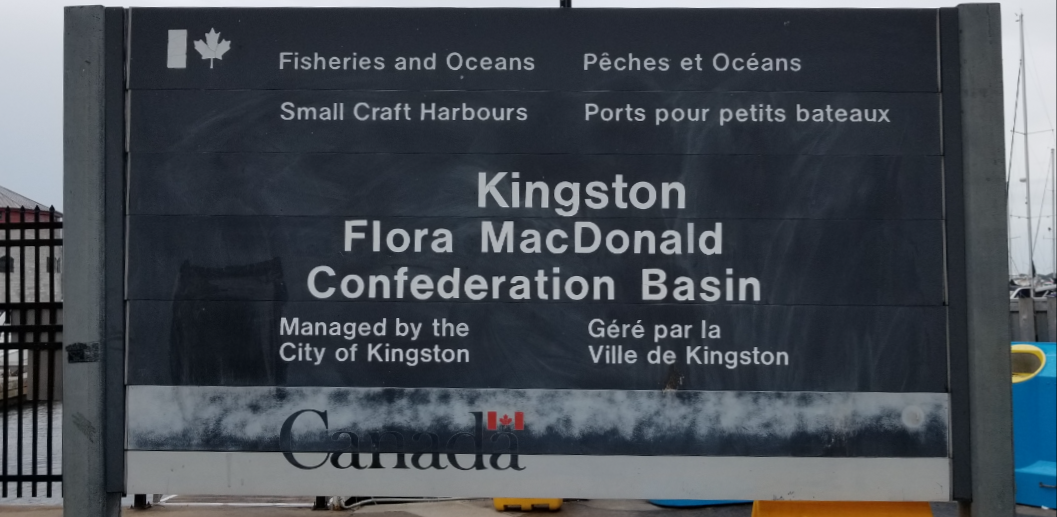
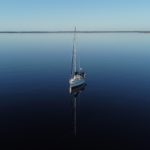
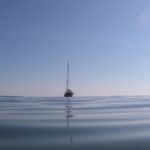
1 Pingback